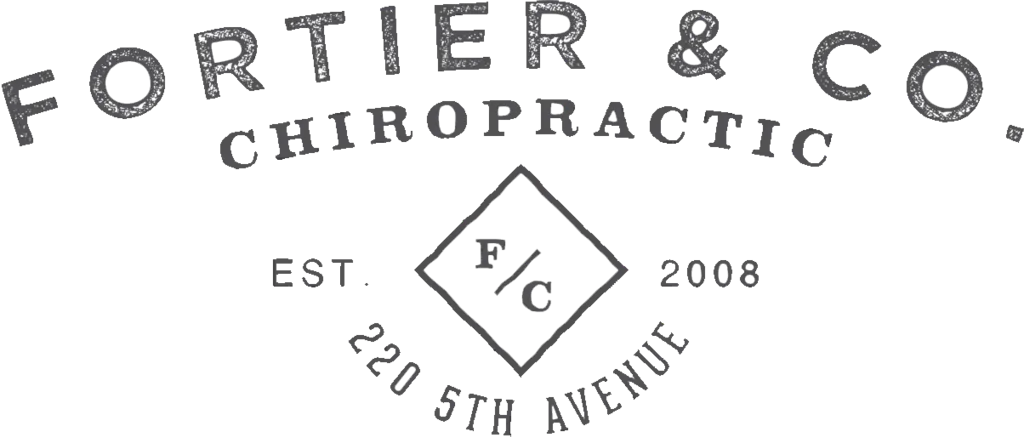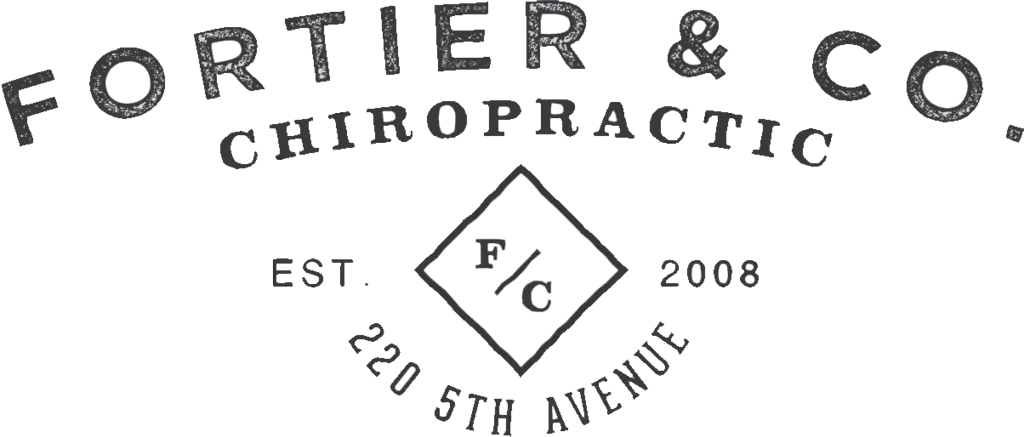Spinal Stenosis frequently accompanies serious spinal conditions in the lower back. The word “ Stenosis ” means narrowing. When we refer to a stenosis somewhere in the spine, we are describing a narrowing that usually results in a compression on sensitive nerve fibers. This compression due to spinal stenosis results in a cascade of pain signals along the affected nerve.
There are 3 different types of spinal stenosis, each of which is quite common. Let us take a moment to simplify the big words and explain each of them.
- Central Stenosis
- Lateral Recess Stenosis
- Foraminal Stenosis
Let’s begin with Central Stenosis . When the space for the spinal cord is narrowed, perhaps by a thickened damaged ligament, a bulging or herniated disc, perhaps by excessive bony growth, the pressure against the spinal cord produces pain that is often experienced in the lower back and down both legs.
Let’s look at Lateral Recess Stenosis . The word “lateral” means to the side, either right or left. The word “ recess ” refers to the channel or groove that is built into the architecture between the back and front parts of the vertebrae and this is where the nerve root that exits off the spinal cord travels on its way from the lumbar spine to the buttock and then down into the thigh and leg itself. When this recess or channel is narrowed due to excessive bony growth, the result is lateral recess stenosis.
This is getting easy isn’t it?
The word “ Foraminal ” is quite a mouthful, but its an easy word none the less. It simply means opening or hole. Believe it or not, our bodies are riddled with them everywhere and they usually allow for the passage of either fluids, blood vessels or nerve fibers.
In this case, the foramen (in the single tense) is the opening at the end of the lateral recess where the nerve fiber actually leaves the spine. It is formed where two vertebrae separated by the disc come together. The nerve root passes off of the spinal cord, travels into the lateral recess channel, and then exits through the foramen into the back and down the legs.
There, that wasn’t so hard was it!
Please be sure to ask Dr. Fortier for further explanations if you have additional questions to help you with your understanding of spinal stenosis.
Contact us today for your complimentary consultation 541-926-0510

